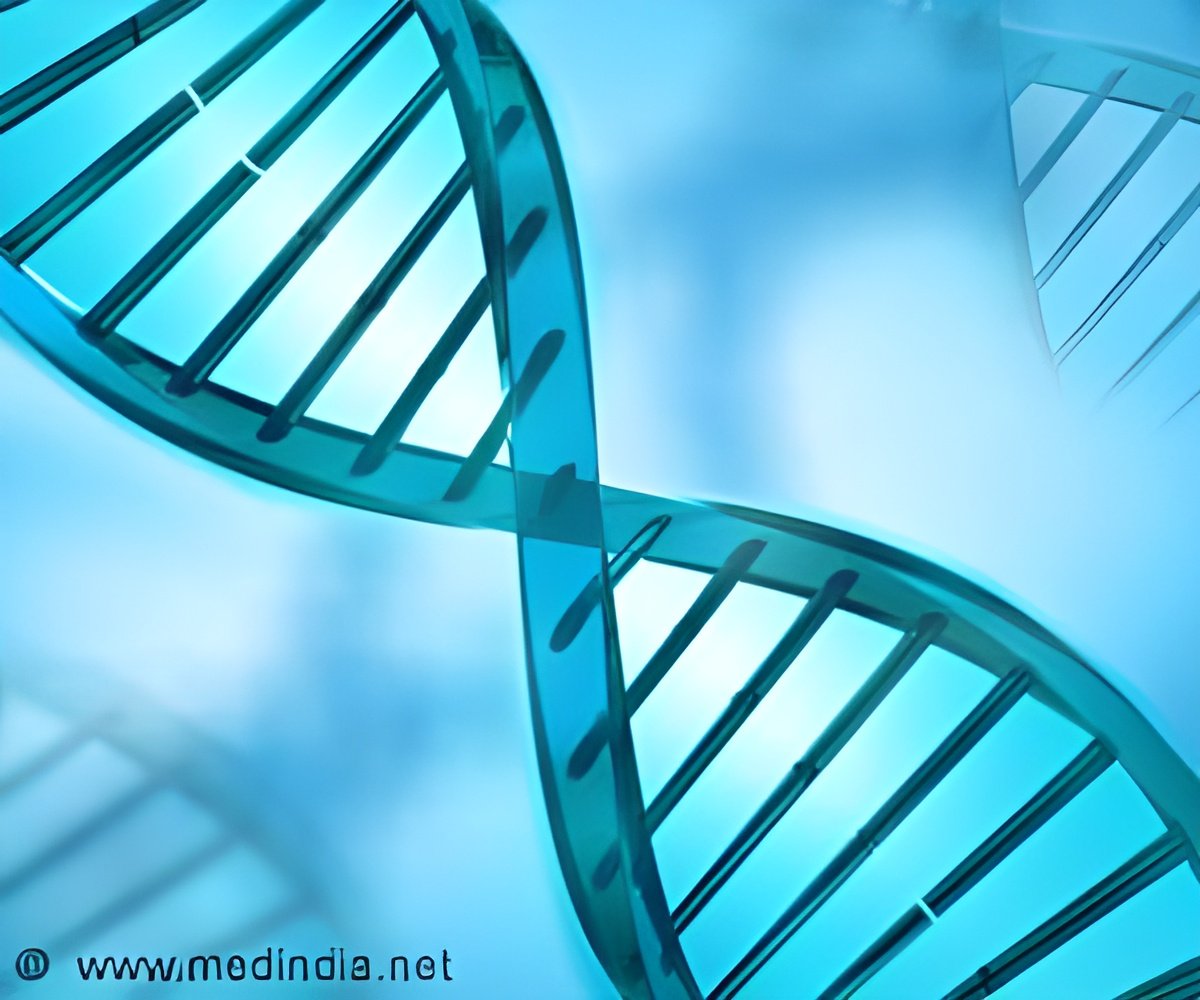
‘The gene causing crippling muscle-wasting illness Duchenne muscular dystrophy (DMD)is now believed to play a role in cancer.’
Tweet it Now
The DMD gene expression was reduced in 80 percent of these tumors. This low expression of dystrophins was associated with a more advanced stage of cancer and reduced survival across different tumors.The study findings published in Cancers, call for a re-evaluation of the current view that dystrophin expression is only important in muscles, and when found across numerous tissues is the result of illegitimate transcription.
Shared Mechanism of Fatal Muscle Wasting Disease Gene in Cancer
The findings that the DMD gene has a role in tumors, expand the growing evidence of its significance beyond Duchenne muscular dystrophy. Further investigation is needed to better understand the role of DMD in malignancies and how it may be exploited in monitoring cancer progression and treatment.Moreover, these findings build on the recent discovery that the disease begins much earlier than previously thought. In 2021, the results of modeling DMD to look at its development, from its initial trigger and first manifestation. They found evidence of abnormalities even before birth in the embryo.
Given the similarities between early embryo development and cancer formation, including invasive potential, changes in gene expression, and other vital behaviors, researchers decided to investigate the DMD gene across the spectrum of tumors, which led to this discovery.
Most boys with DMD are diagnosed between two and five years old by which time the damage to their bodies is already significant. These new findings should be taken into consideration as delay in identifying the condition may be preventing therapeutic interventions that could help slow, if not stop, disease progression.
Advertisement
Advertisement















